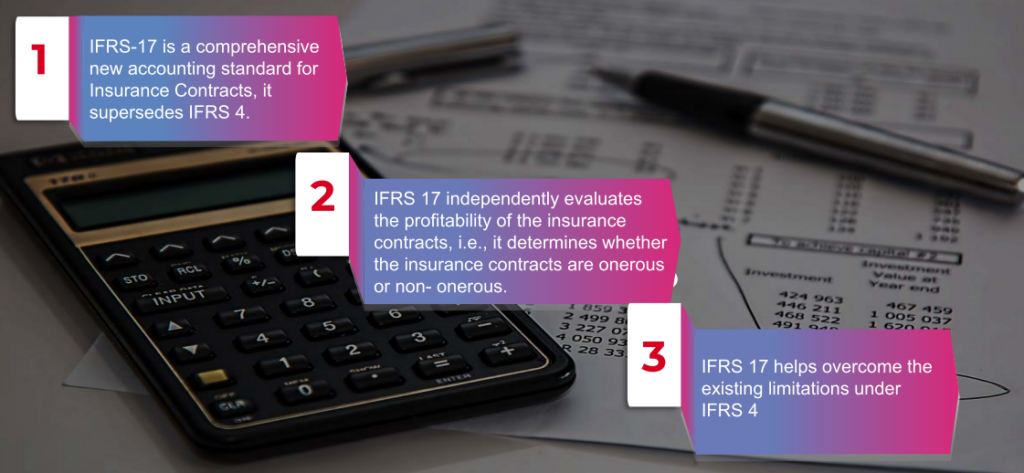Microsoft on Tuesday announced that it will no longer be supporting SQL Server 2012
The product, on July 12, 2022, reached the end of its 10-year support model. It means that SQL Server 2012 will no longer get future security patches from Microsoft. The server continues to run under such circumstances, but organizations may be potentially exposed to future security troubles and they could get encumbered by the compliance implications of running unsupported software.
Organizations who need to stick with SQL Server products, have four options:
- Organizations can upgrade to SQL Server 2019.
- Organizations can continue to use SQL Server 2012 and get “Critical” security patches only via Microsoft’s Extended Security Updates (ESU) program for up to three years.
- Organizations can move their SQL Server 2012 workloads into Microsoft Azure virtual machines, where Microsoft provides the ESU patches at no cost.
- Lastly, Microsoft advocates using Azure SQL Managed Instance, which is an Azure platform-as-a-service offering that promises high compatibility with on-premises SQL Server.
The Azure SQL Managed Instance option is similar to the Azure Arc-enabled SQL Managed Instance service, but the latter lets organizations continue to use their own infrastructure. The nuances between those two options are described in this Sept. 30, 2020 Microsoft Tech Community post.
While the ESU program offers a grace period of sorts for SQL Server 2012 users, its use with on-premises servers comes with licensing requirements. Organizations will need to have Software Assurance coverage, which is an annuity cost. However, they can only buy ESUs when they have an “Enterprise Agreement (EA), Enterprise Subscription Agreement (EAS), a Server & Cloud Enrollment (SCE) and Enrollment for Education Solutions (EES)” licensing, according to Microsoft’s end-of-support FAQ document.
The ESU program lets organization buy Critical security patches in one-year increments, for up to three years maximum. Microsoft hikes the ESU price each year by 25 percent of the base price of SQL Server 2012 license, according to the following formula:
- Year 1: Approximately 75% of full license price
- Year 2: Approximately 100% of full license price
- Year 3: Approximately 125% of full license price
Those incremental fees no doubt are designed to prod organizations into moving their SQL Server 2012 workloads into Azure virtual machines, where Microsoft provides ESU patching for free.
For organizations making the move to cloud services, Microsoft’s Azure Migration and Modernization Program offers either Microsoft ,or partner support for moves to Azure services. This program is billed as being available to organizations of all sizes, and bearing “no additional cost” for Azure customers, per its landing page.
Microsoft has recently beefed up the funding for the Azure Migration and Modernization Program.
“We’re now investing significantly more to support your largest Windows Server and SQL Server migration and modernization projects, up to 2.5 times more than previous investments, based on project eligibility,” the announcement indicated. “This investment will help with your migration in two ways: partner assistance with planning and moving your workloads, and Azure credits that offset transition costs during your move to Azure Virtual Machines, Azure SQL Managed Instance, and Azure SQL Database.”
The announcement also warned that Windows Server 2012 and Windows Server 2012 R2 will be reaching their end-of-support phases “next year on October 10, 2023.”
Microsoft plans to offer its ESU patch program and its Modernization migration support program for those servers as well.
Next year, in April, many of Microsoft’s 2013-branded application servers will also fal out of support
Note: Before you upgrade SQL, check the compatibility of the software that runs on it with the new version of SQL – you may be faced with the need to also update those systems to later versions for example older versions of Dynamics Ax,













